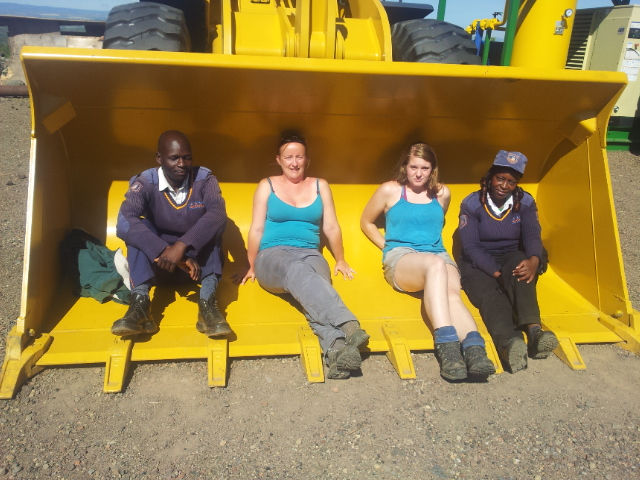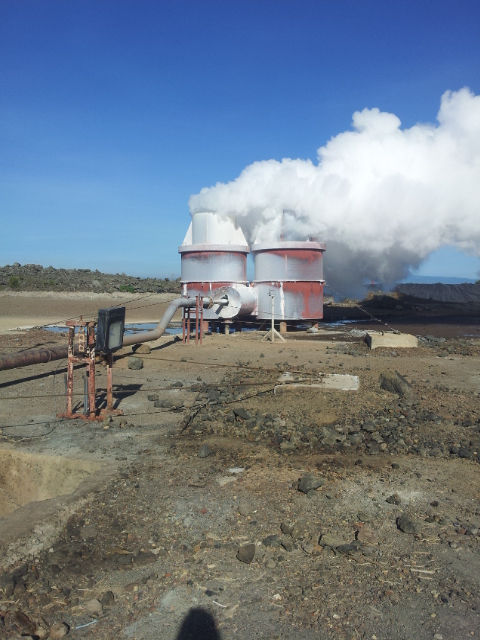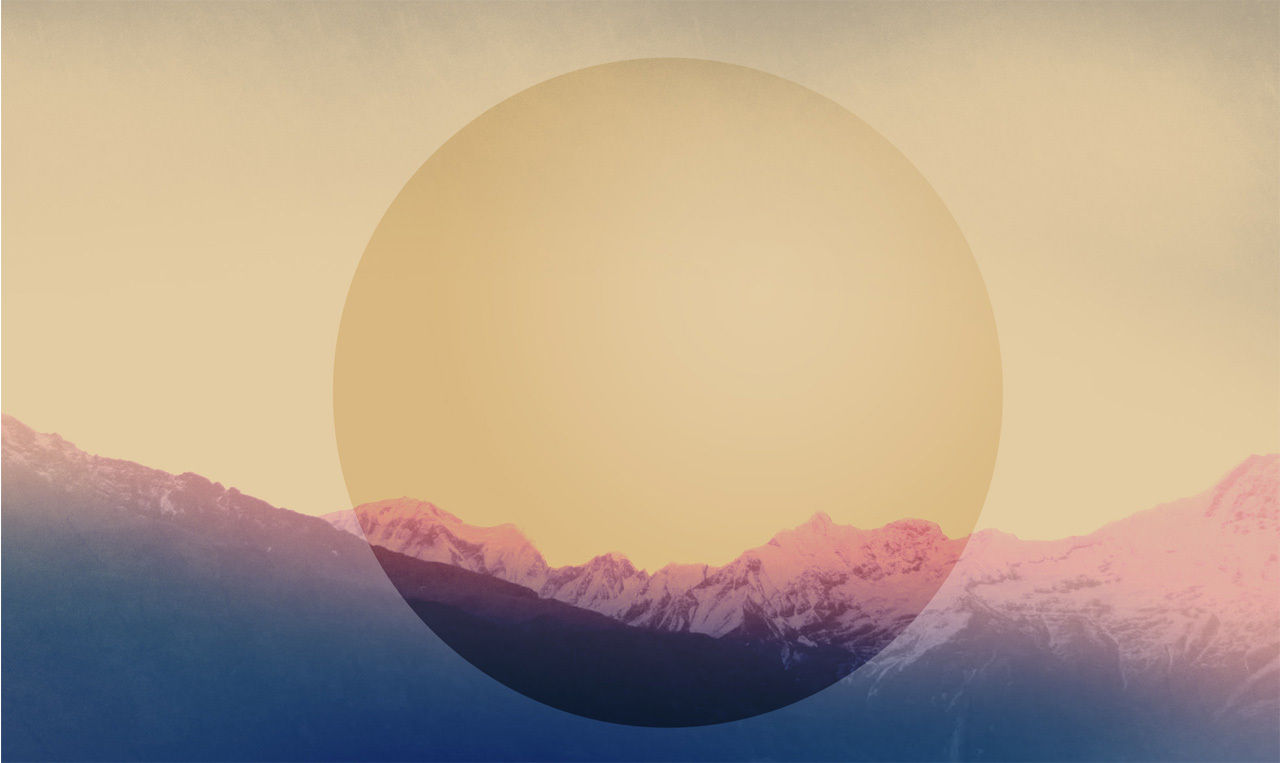Day 13 - Making Friends
- jennynewall
- Sep 17, 2014
- 7 min read
Habari Asubhi
Again this post comes to you in the morning. Not because of any thunderstorms or powercuts, simply because last night I was a bit too tired to write a decent blog. Regardless of the duration of fieldwork, it is always a tiring affair. We are two weeks in to a three week trip and beginning to feel a degree of tiredness creep in. This is because on fieldwork there are no days off, in fact there is hardly any time off. The staff here at Maili Saba, laugh at us because every day we come up to the restaurant for breakfast with our laptops to get some work done, we head out for our day in the field, and on our return we work up until dinner and often after dinner too. Hence why the powercut the other day was some welcomed (though forced) time off
.

Making friends with the security guards at one of the well sites. They were taking refuge from the sun in the bucket of a very large digger.
Today was another day of mapping in the caldera, again determining the different lava flows and their directions. Helen and I have a bit of routine now when it comes to the mapping. At each location we will both take a minute or so to observe the area and each work out an idea of what we think it is we are looking at. We then discuss it between us. Most the time our interpretations agree, or if one of us isn’t sure the other has an idea which we discuss. Now and again we have quite different ideas, for example we might not initially agree on the number of flows that exist at a location. But then we explain our thinking to each other and come to an agreement. Once we have had such discussions we take the measurements needed and put the information collected on the map.
The mapping today was very straightforward. We didn’t encounter anything new, it was a simple task of following flows we have seen in other areas until we reached/ could see the end of them.
We did notice today, when driving by the venting well (mentioned on day 2) that the colour of the steam funnels has changed within the time we have been here.If you remember (or look back to) the picture of the venting well in day 2’s blog, the funnels were red.

Discolouration of the funnels due to the sulphur.
In the two weeks we have been here the sulphur has caused discolouration of the funnels, turning them grey. This eventually causes the funnels to rust, and is the reason the well is being vented; in an attempt to reduce the sulphur levels in the steam. If this well were to be used to generate power then this sulphur-rich steam would quickly cause the very expensive turbines to rust. Attempting to reduce sulphur levels is one of the reasons the well is being vented. The other is to ensure that the well keeps its high temperatures while venting for a long period of time. Before being used to produce energy a well will be vented for at least 4 months to test that it holds its heat. If in this time the temperature of the venting well drops then it will be used for injection / reinjection. This is when water is pumped down a well to replenish the aquifer. Seeing as the work we are doing in the caldera hasn’t changed and we didn’t come across anything new today I will take the opportunity to share my experience of Kenya - the experience behind the fieldwork. Kenya is a wonderful country, with the friendliest people. Us Scottish are often told how friendly we are, well I’m sorry guys but the Kenyan’s would put us all to shame. Everybody says hi to one another, and complete strangers will strike up conversation. Working in the caldera we quickly learnt that you wave at anybody you see, even if they are a distance away and you won’t ever speak to them. When chatting to anyone it always begins with a handshake. It’s just the friendly culture here. As foreigners here, we do get a lot of attention. It’s almost like being a celebrity. Especially among the many school children as they are walking home from school. They all start waving at us and shouting ‘hello’ or ‘how are you’. It definitely takes some getting used to, and at first I didn’t know how to react to this. But seeing the joy on peoples’ faces as you wave back and say hi, I quickly knew waving back and giving the odd high-five was the way to respond. In the caldera there are many farmers working the land, or watching their herds (be this of sheep, cows, goats or a mix of all three), and almost every day so far our work has been stopped for a few minutes as we let a herd go by.

At least once a day work is stopped to let the cows go by.
From what I have seen here in Kenya (and when travelling in Tanzania and Botswana before now) I think there is quite a misconception that all of Africa is poor and living in poverty. We have seen very little of this in this region of Kenya, and that is not because we are being protected from it. Yes, the shops, houses etc are not extravagant and many don’t have running water or electricity (with the geothermal project this will change), though they do have access to water and electricity. It is nowhere near as developed as the ‘Western world’ in terms of infrastructure and technology. But from what I have seen here, I don’t believe that this necessarily means a poorer quality of life, in fact I find myself thinking now and again that in some respects the way of life here is better than ours. In general the people here are much more grateful (than the majority of westerners) for all that they have, even though this is usually what we would consider sub-standard living. They make the most of what they do have, and as a result I get the impression that in general the people here are much happier and content in life. I also think it is quite funny in a way that the worries and stresses we have are echoed by people here and vice versa. We really aren’t all that different. I realise that I have had to group ‘them’ and ‘us’ and make some big generalisations to discuss the above point. Of course in reality everyone is different. In meeting many people I have also loved learning about the different tribes, their histories, and how they have all integrated. There are 42 different tribes, each with their own language (though English is the official language, with Swahili being spoken by most Kenyans too). I’ve loved learning a bit of Swahili. Maybe in another post I will teach you some Swahili. Having discussed the overall cultural experience here, I would like to ‘introduce’ you to some of the special people we have met through working here in Kenya.

Vincent our trusty driver. We genuinely could not have managed here without Vincent. Having Vincent with us there is no language barrier, he communicates with everyone on our behalf and makes the arrangements we require. Being very charismatic with the ‘gift of the gab’ he manages to get us everything we need – be it access to the caldera before we actually had an official entrance permit, or meetings with people high-up in GDC etc. We knew we could trust Vincent from the minute we met him, he certainly watches out for us...when we wander along the roadside mapping he doesn’t let us wander far out of sight before the car appears again. He is most definitely our hero. He has also really taken an interest in our work, and geology in general, often joining us as we work. But on top of all that he is also full of banter so we have lots of laughs with him too :)

Vincent - a new found 'rafiki' (friend).
Within the caldera everyone is so friendly too. In the time we’ve been here we have made friends with the security guards, drillers and some of the lorry drivers who regularly drive by us working.

Sharing Haribo with the security guards at the main gate
They all stop and talk to us for a while and asks us about the work we are doing or if we have met them before they will ask how our work is coming along. It does slow work somewhat, but I wouldn’t have it any other way! I’ve loved learning from everyone we speak to. We know so much about many of the workers here. A lot of them are not local, and so are living here on site while at work. It is great to hear all about their home life in different regions of Kenya. Interacting with and having fun with the people here gives us another side to the wonderful experience of working in this fantastic country.

Selfie at the top of Sleeping Warrior with our guides Phillip and Geoffrey.
I must also give a shout out to the guides we have hired, both Phillip and Geoffrey on our day trip to Sleeping Warrior (day 3) and Daniel who guided us to the caves (day 5). Again very friendly and we certainly learnt so much just spending the time with these guys. And finally I come onto our accommodation- Maili Saba. I’ve said it before and I’ll say it again this place is definitely a home away from home. All the staff are most welcoming and most friendly. They don’t usually have guests stay more than a couple of nights, so having us for 3 weeks is quite a new thing to them. We know all the staff here by name now and it is very nice to come ‘home’ to familiar faces each day. I know I will remain friends with many of the staff here.

Florence, Cecelia and Terri - 3 of the girls working here at Maili Saba Camp.
Maili Saba Camp is a wonderful and relaxing place, made all the more special by its roots and the foundation (Ujima) which set it up.There is so much to write about, that I will give Maili Saba Camp and the Ujima foundation a post of its own later tonight.
For now though it is time to head back into the caldera for another day of fieldwork.


Comments